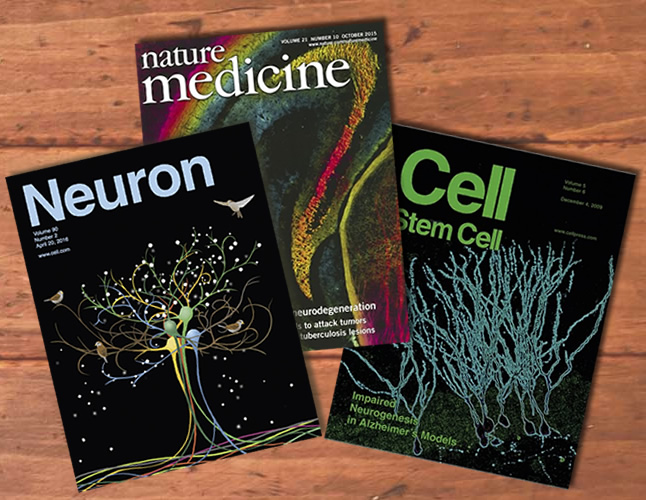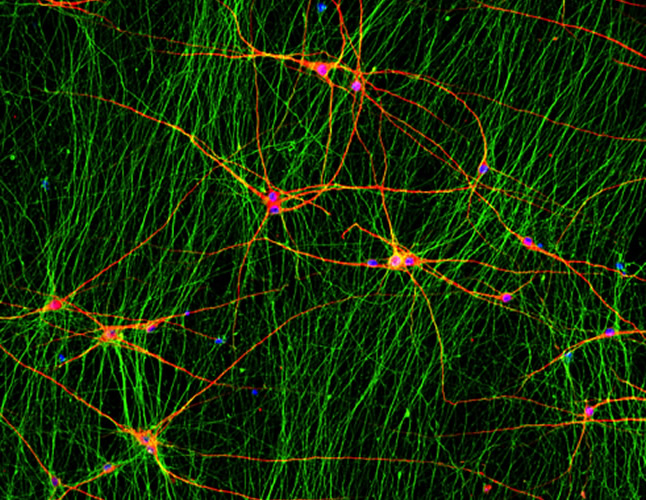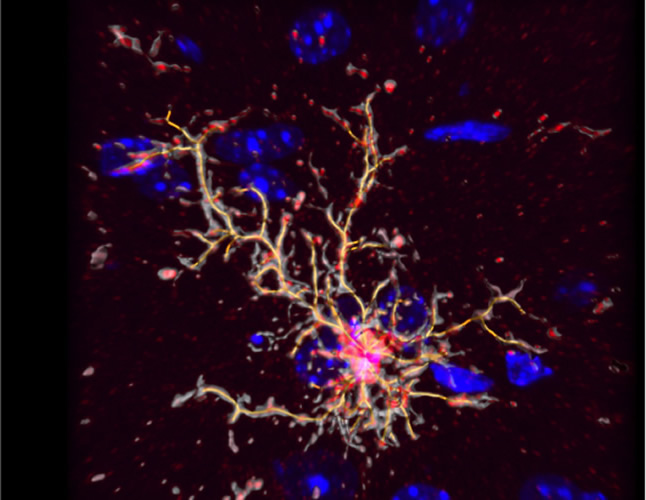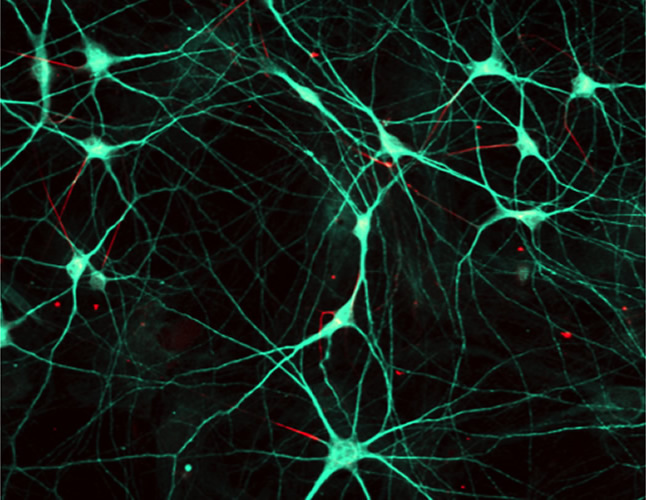gan lab
neurological disease
Dissecting Molecular Pathways in Alzheimer's Disease and Frontotemporal Dementia






Home
Areas of investigation
Our laboratory focuses on dissecting the molecular pathways in Alzheimer’s disease (AD) and frontotemporal dementia (FTD), two of the most common dementia in the elderly population. We are intrigued by two interconnected mechanisms that are common to neurodegenerative processes: the accumulation of protein aggregates and miscommunications between neurons and glia, especially microglia. Accumulation of protein aggregates could activate microglia, exacerbating neurodegeneration. On the other hand, microglia could be activated to remove abnormal protein aggregates. We are particularly interested in how aging-related pathways modulate the processes underlying the abnormal accumulation and microglial activation.
Significance
With the rapid aging of the world’s population, neurodegenerative diseases have emerged as major health challenges facing our modern society. We seek to dissect molecular pathways underlying the degenerative processes. Our long-term goal is to develop new small-molecule or cell-based approaches to delay or prevent the progression of these devastating aging-associated diseases.
Approaches
We employ a combination of approaches, including genetic, biochemical, imaging, electrophysiological, and behavioral techniques. To dissect the causative pathogenic pathways underlying AD and FTD, we use a range of model systems, from genetic modified mice to brain slices and primary neuronal and glial cultures.
Contributions
In dissecting the mechanisms underlying protein accumulation, we discovered novel pathways that regulate the degradation of Aβ and tau, the two key pathogenic proteins in AD and FTD. Our finding that lysosomal protease cathepsin B (CatB) degrades Aβ is one of the first examples of a critical role for impaired lysosomal-mediated degradation in AD pathogenesis (Mueller-Steiner et. al, Neuron, 2006). We further showed that reducing levels of cystatin C (CysC), the endogenous inhibitor of CatB, lowers levels of Aβ in a CatB-dependent manner. These findings established a critical role of CysC-CatB axis in regulating Aβ degradation and clearance (Sun et al., Neuron, 2008). We also found that tau is acetylated and that hyperacetylation of tau impairs its polyubiquitination and proteasome-mediated degradation (Min et al., Neuron, 2010). We have since identified small-molecule compounds that reduce tau acetylation and protect against tau-mediated neurodegeneration in mouse models of tauopathy (Min et al., submitted). Our efforts to dissect the miscommunication between neuron and glia focus on identifying aberrant signal pathways in microglia that have causative roles in neurodegenerative processes. We discovered that progranulin deficiency, which causes FTD, induces aberrant microglia activation and excerbates AD-related neuronal deficits (Minami et al. in revision). We have also shown that progranulin deficiency in microglia causes neuronal dysfunction via elevated TNFα and aberrant activation of NF-κB signaling in microglia.
Questions Addressed in Ongoing Studies
- Do aging-related pathways affect the stability and clearance of protein aggregates in AD and FTD?
- How does aging affect the inflammatory and protective functions of microglia?
- Can we generate patient-specific microglia to remove abnormal protein aggregates?
- What are the roles of aging-associated epigenetic modifications in neuronal injury and inflammatory responses?


